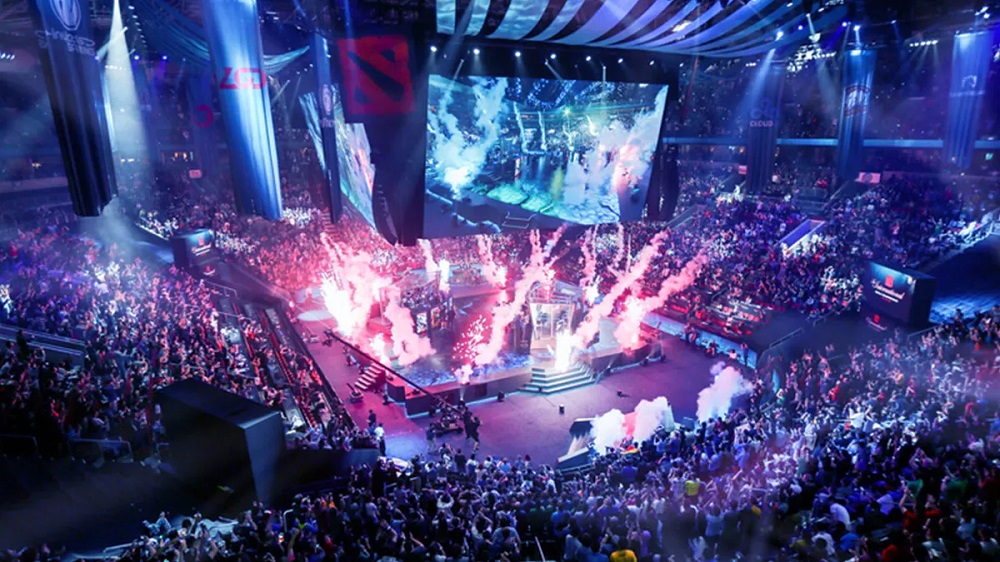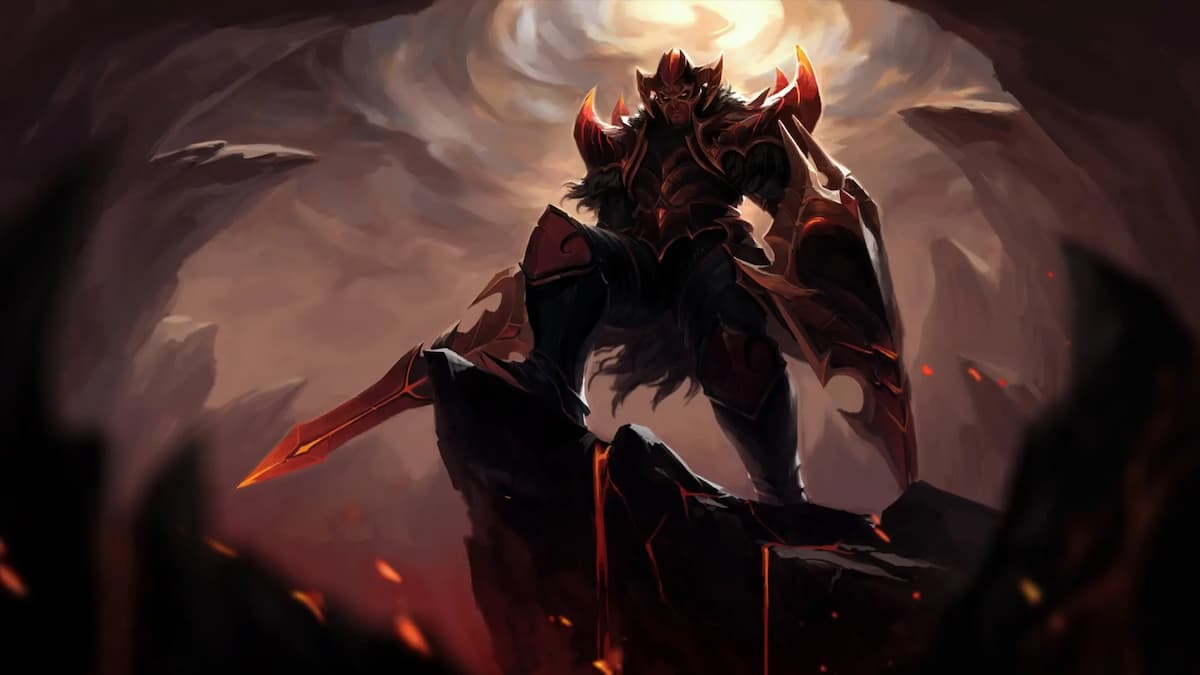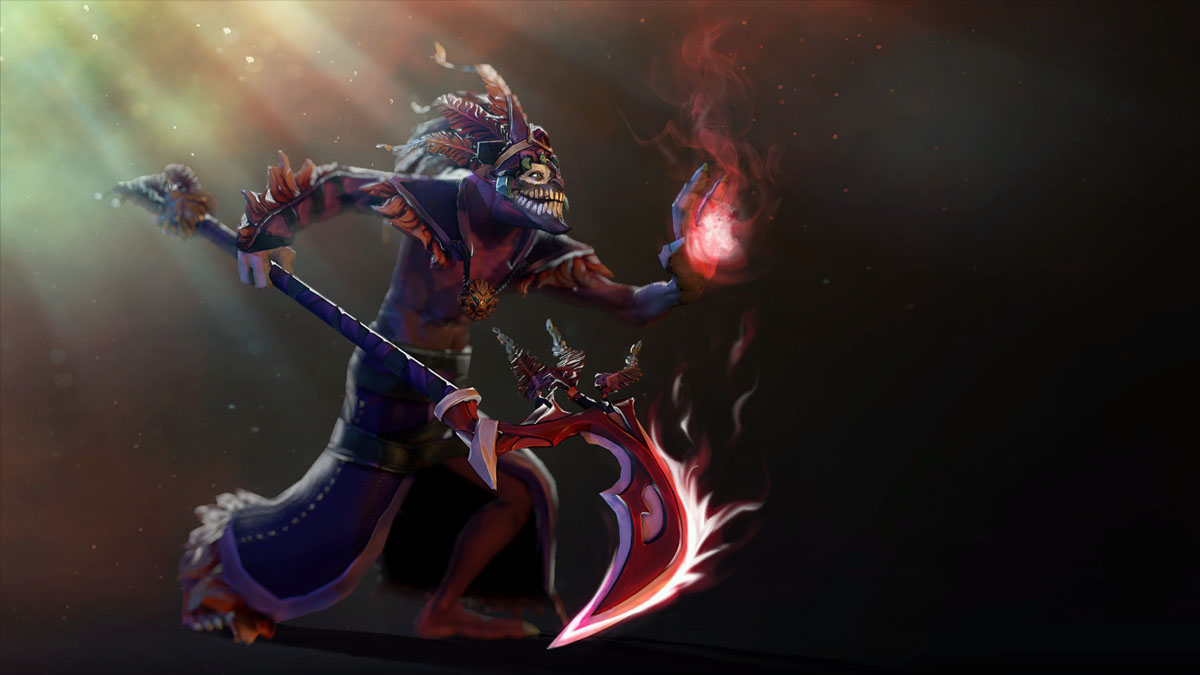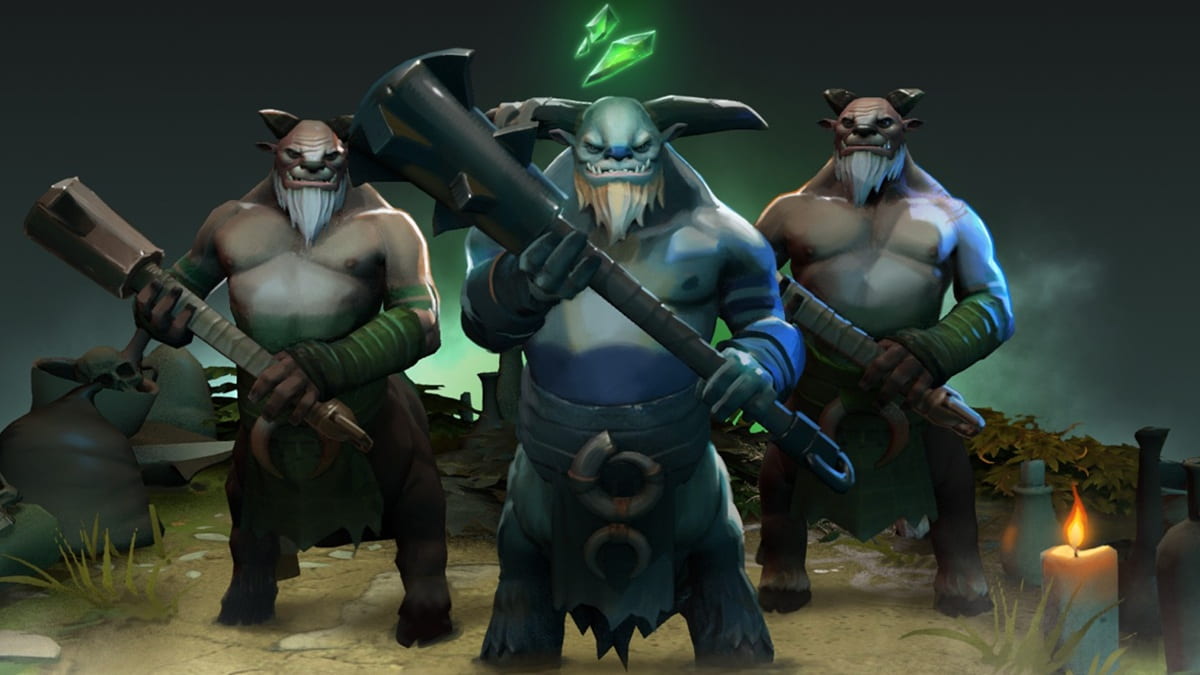After a long downtime period for Dota 2, things were finally looking up during the days of TI10. Coming off the back of the COVID-19 pandemic rescheduling TI10 from 2020 to 2021, it seemed viewership numbers for the game were picking up once more, with a lot of fans watching some world-class Dota as well as playing the game more than before.
What seemed like a resurgence for Dota 2 after years of reduced viewership took a downturn during the months leading up to TI11. There was renewed hope once more with the release of the battle pass last month, but after seeing the latest changes made, players and fans were less than optimistic about how fun and effective the battle pass would be this year.
Then came the TI11 group stage matches, starting on Oct. 15. While the group stage was a nail-biter of an experience, the viewership numbers did not necessarily reflect that fact. This year’s TI group stage viewership totaled 23 million hours watched overall with an average of 443,000 viewers. The peak viewership was 680,900 concurrently watching on day one, and the numbers kept sliding down from that point.

The overall four days of the group stages saw a significant drop when compared to group stages of previous years’ TI matches. This year’s group stages recorded a drop of 19.6 percent from last year’s TI while the peak viewership dropped by 18.2 percent. This drop was matched by the number of unique viewers of the group stages which also dropped by a hefty 20 percent when compared to last year’s numbers.
While it could be said that due to TI10 being postponed, the viewership numbers increased as well, especially with most of the viewers staying at home for the majority of their day, the gap between the viewership numbers between TI9 and TI10 was not as drastic when compared to this year’s numbers. The prize pool of a record-breaking $40 million, with the promise of OG perhaps capturing a third straight victory or fan-favorites PSG.LGD finally taking that coveted Aegis, made people tune in to the event as well.
The final thing of note is that this year’s group stages took place in a time zone not very accessible for the EU and NA regions, which is where the bulk of the viewing audience is from. The numbers might have dropped as a result. Whether this continues through the main stage is yet to be seen, but we are hopeful for a good TI this year.












Published: Oct 20, 2022 08:22 am